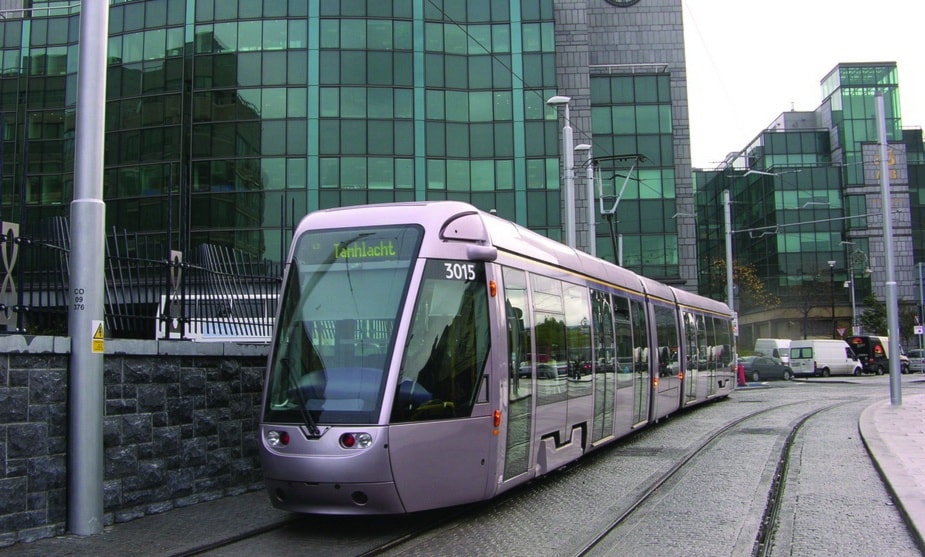SURREY — A federal agency overseeing public-private infrastructure projects in Canada has given preliminary approval to Surrey's application to help fund Light Rail Transit.
According to a press release by the city issued Thursday (Oct. 30), the P3 Canada Fund has granted "screened in" status to the application, meaning it will move on to the next phase for further funding consideration.
“With Surrey’s population growing so quickly, securing new rapid transit options have been a top priority of mine,†said Mayor Dianne Watts in the release. “This decision to have Surrey’s application for federal funding move on to the next stage is a significant step forward in making a Light Rail Transit system a reality in our city.â€
City staff are working with TransLink, the regional transportation agency that would administer the LRT network, to refine the design and cost estimates for the project. The design work is also necessary to enable the preparation of a business case for federal funding.
Surrey's objective is a funding arrangement composed of one-third federal, one-third provincial and one-third regional. The regional support already exists in the form of the Mayors’ Council’s Regional Transportation Plan, which has identified Surrey's LRT plan for 27 kilometres of track as a top priority. However, any such funding will depend heavily on the results of a TransLink referendum expected in the spring of 2015.
P3 projects (or public-private partnerships) involves a contract between a public sector entity and a private company, in which the private contractor usually assumes the financial, technical and operational risk in the project to reduce the cost to the taxpayer.
The City of Abbotsford received P3 approval from the federal government in 2011 for a $291 million water project intended to meet municipal growth projections. But after overwhelming public opposition, a plebiscite overturned the decision.
However, there are several successful examples of P3 projects in Canada, including transportation infrastructure. Seven projects have been approved by P3 Canada, including 13.2 km of LRT track in Edmonton, and closer to home, Lincoln Station on the Evergreen Line in Coquitlam.
Mayoral candidate Linda Hepner, a member of Surrey First's near-unanimous majority on council, has already committed to seeing phase one of an LRT system in the city by 2018. She said she would commit land and development revenues along the route to help pay for the system.
Even if the plan is voted down in the referendum, Surrey can apply to the New Building Canada Fund, a $14 billion federal infrastructure program.
Doug McCallum's Safe Surrey Coalition has also committed to starting work on an LRT system within a year, and for construction to begin within two years.
Mayoral hopefuls Barinder Rasode and John Wolanski have also spoken in favour of LRT, although some candidates like Grant Rice (who said he's a regular SkyTrain rider) would like to focus on getting more buses in the city.
Not everyone favours the idea. One Surrey candidate Brian Young said a ground-level LRT system would make road congestion even worse.
But proponents for the plan say LRT is more cost-effective than a SkyTrain extension, with 27 kilometres of LRT track costing the same as 16 kilometres of SkyTrain. Studies estimate that a SkyTrain from Surrey City Centre to Langley would only be five minutes faster than light rail, and that number might decrease once more detailed technical work is completed on the track's location.
As well, LRT trains can carry more passengers than B-Line buses and, according to the city, would be able to meet future population growth projections and needs for transit.
—with file from Amy Reid
